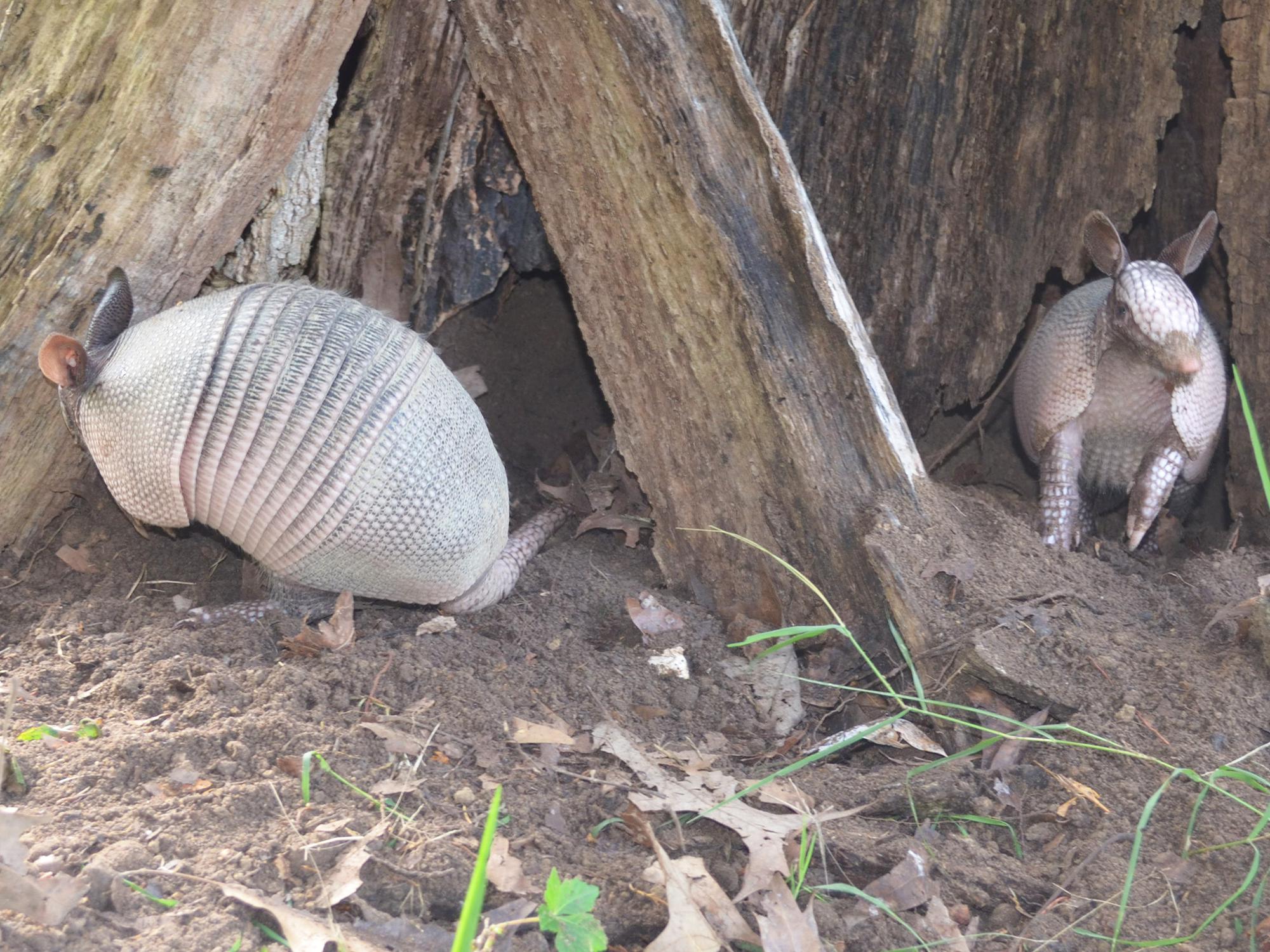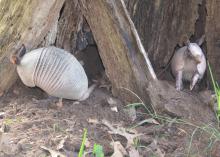Information Possibly Outdated
The information presented on this page was originally released on June 16, 2017. It may not be outdated, but please search our site for more current information. If you plan to quote or reference this information in a publication, please check with the Extension specialist or author before proceeding.
Wildlife may become garden pests or pets
STARKVILLE, Miss. -- Whether summer gardens are for beauty or food, this time of year is sure to bring wildlife into close contact with people's property.
Many gardens provide healthy and nutritious food for local critters such as armadillos, raccoons, white-tailed deer, eastern cottontail rabbits and a wide variety of insects. Gardens are usually easy for wildlife to access and offer an inviting buffet with such easy pickings concentrated in one area. All that time and labor you spent during the spring should not be tossed out due to these garden pests.
Of course, you could decide to just keep the animals around, which feeding or allowing them to feed will almost certainly do. Consider doing nothing if you enjoy watching the wildlife and the flower or vegetable damage isn’t too bad. However, recognize that it might be a bad idea to concentrate wildlife for a variety of reasons, including damage to vehicles and occupants. Also, attracting one species could draw other, less desirable wildlife species. And you may attract enough critters to completely wipe out your garden.
There are many options to help deter four-legged thieves. First, determine what is actually pillaging the garden. Look for the tracks they leave behind and note the type of damage to the plants or soil. For instance, if you notice that most of the damage seems to be at the tops of the plants (2-4 feet from the ground), then you would likely blame deer since few other animals in your garden are going to be that tall.
If it’s still a mystery, pour yourself a beverage in the evening and sit quietly near the area to see what wanders in closer to dusk and nightfall. Trail (or game) cameras are probably the most effective tools for this surveillance, but budgets can be limiting.
Once you have a clear idea of who is to blame, then you will know better how to treat the area. You may install a small wire fence (if you have a vegetable garden) or perhaps use a safe chemical repellant (if you have a flowerbed). Local farm, garden, home and hardware retailers should have what you need. Because some insecticides only work on certain pests, you might have to be a little more diligent in determining which specific insects are eating your crops.
Scare tactics might deter timid wildlife; for example, using scarecrows or hanging reflective objects, such as disposable aluminum trays. Strobe lights and flood lights may sometimes work. While such tactics may work initially, animals can get used to them, so it’s helpful to regularly change your approach.
These are just a few tips on what can happen when you plan a garden and some strategies you should consider to protect flowers and vegetables.

Editor’s Note: Extension Outdoors is a column authored by several different experts in the Mississippi State University Extension Service.









